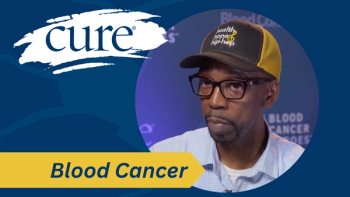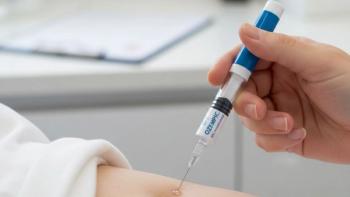
Friendships and Cancer: A Delicate Balance
What is the appropriate reaction when a friend is diagnosed with cancer? Should you be sympathetic, optimistic, questioning? How do you handle your own fears—those you feel for your friend and, particularly as you grow older, those that evoke the possibility of personal loss and even the reality of your own vulnerability?
What is the appropriate reaction when a friend is diagnosed with cancer? Should you be sympathetic, optimistic, questioning? How do you handle your own fears—those you feel for your friend and, particularly as you grow older, those that evoke the possibility of personal loss and even the reality of your own vulnerability?
Of course, your response will depend on many factors, including the depth of your friendship, the stage of the illness, the nature of the proposed treatment, the prognosis and the emotional/psychological makeup of the patient. But evidence shows that the support of friends improves a patient’s outlook, ability to manage treatment, and long-term adjustment to changes in functionality.
Take your initial cues from the patient, but recognize that the patient’s attitude and needs may change over time. Some patients need to talk; others are withdrawn. Some are positive, others fatalistic. Some try to continue normal activities; others isolate themselves. Adjust your responses and activities to the patient’s needs and emotional state.
POSITIVE STEPS
Above all, stay in touch and show that you care and are there to help. If you are nearby, arrange to visit. Bring favorite and nutritious snacks to encourage eating. Engage in conversation about treatment and progress, but also about other subjects of mutual interest—hobbies, world events, family members. Engage in positive activities that engage and distract, such as taking a walk, perhaps going to a local diner for a quick bite, playing cards or board games or seeing a movie. If appropriate and needed, offer to accompany your friend to treatment and, if your friend is strong enough, do something positive afterward. Perhaps you can shop or go to the pharmacy, run other errands or help with household chores.
If your friend is far away, stay in touch by phone, email or the occasional note or card. Send small gifts that can help pass the time, such as a book, a game, a movie or even a gift certificate to a local eatery that delivers.
ATTITUDE
Recognize that your friend may not always be receptive or hospitable. At times, depression may set in—or just exhaustion. Your friend may fall asleep or become withdrawn or cry. Be prepared to sit or listen quietly. Sometimes, that is in itself comforting.
Remember that a patient can still hear, so even if you think they are sleeping or distracted, you can continue reading to them or just keep up a positive conversation. If others are present, avoid discussing the patient’s condition or prognosis.
If your friend or a family member or caregiver asks you to leave, comply without resentment. Remember, family members and other friends are coping with their own emotions in adjusting to the impact of the disease. Stay strong and offer each other understanding and support.
If the patient is terminal, you may have difficulty visiting. Watching the disease progress is devastating and you may be tempted to avoid contact. But the last favor you can give a friend, the one favor they cannot be expected to reciprocate, is to be present at the end. To be there, to be supportive, to be loving, to show that their lives had value and their memory will endure. Anyone I know who avoided such end-of-life contact regretted it, as you can never go back and act differently. It is the ultimate act of friendship.




